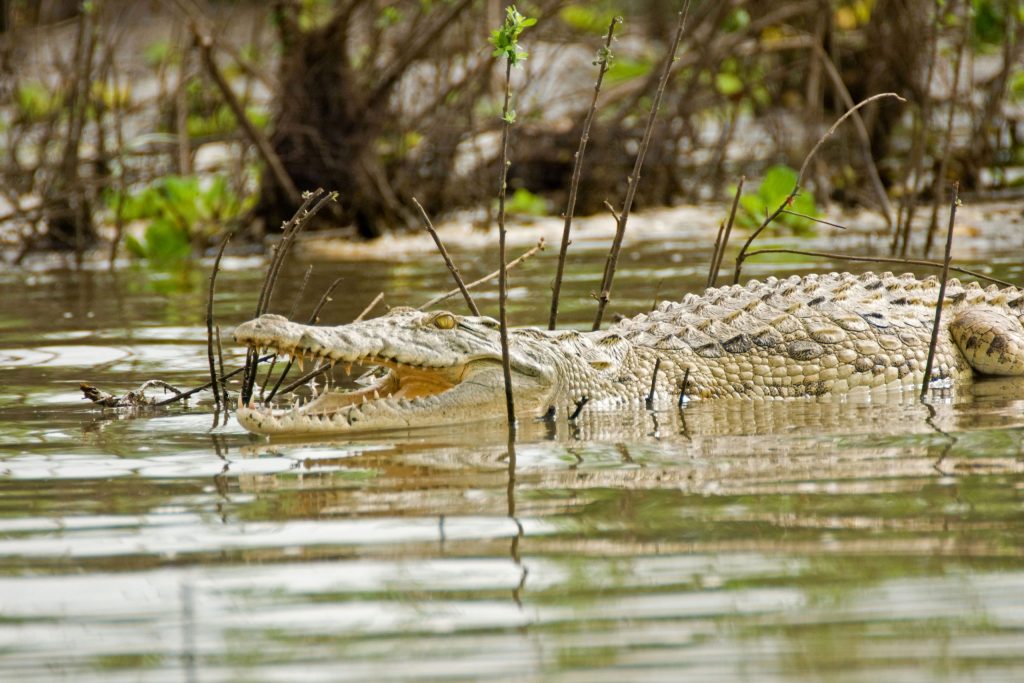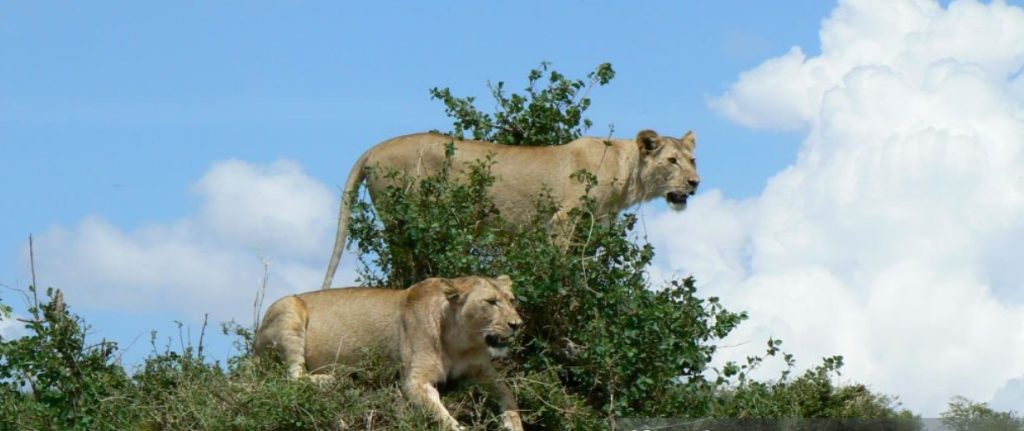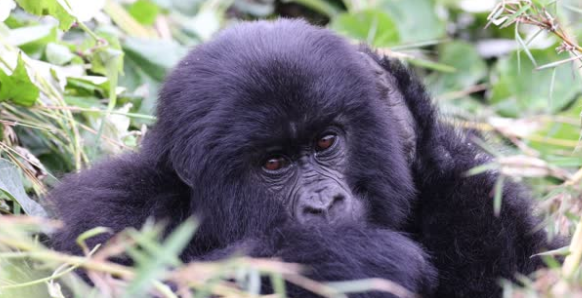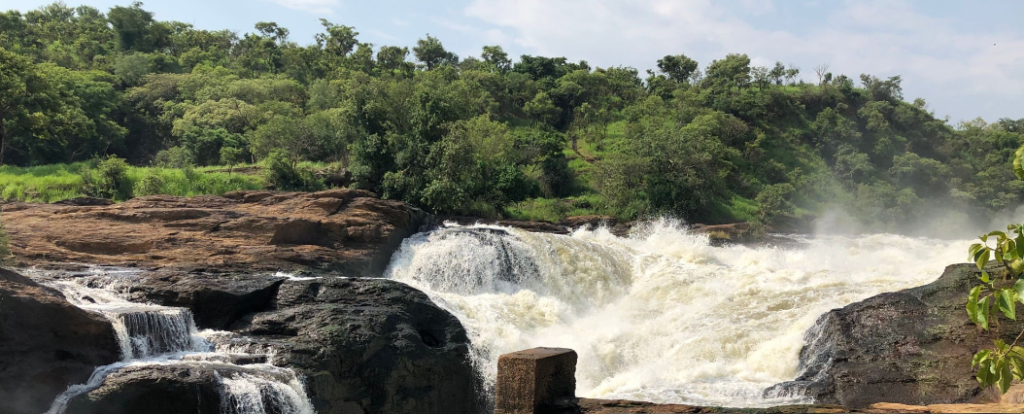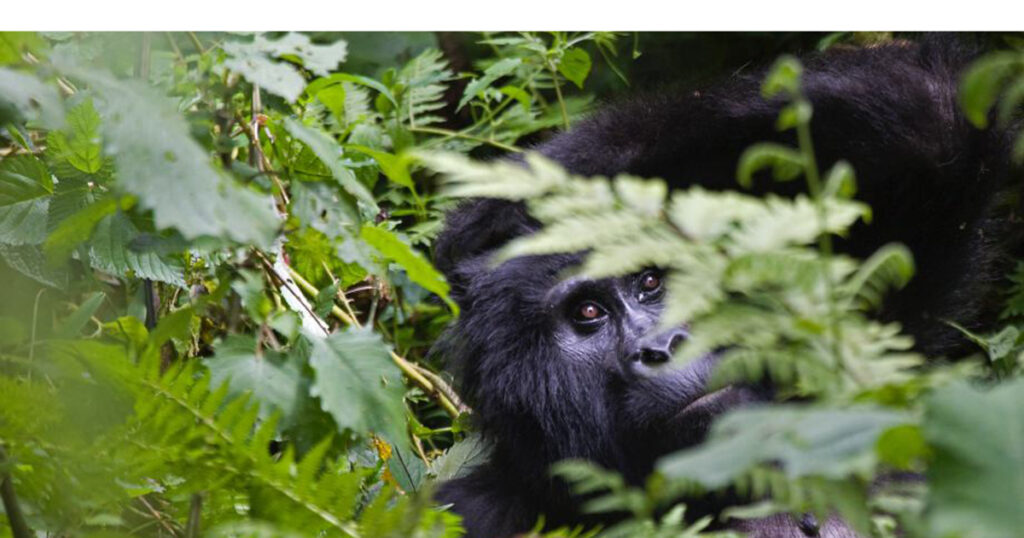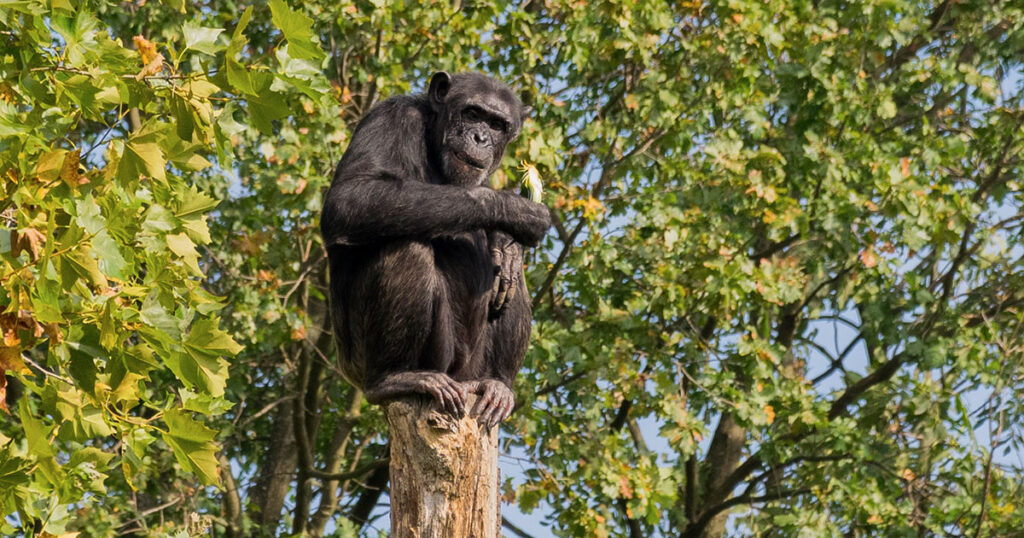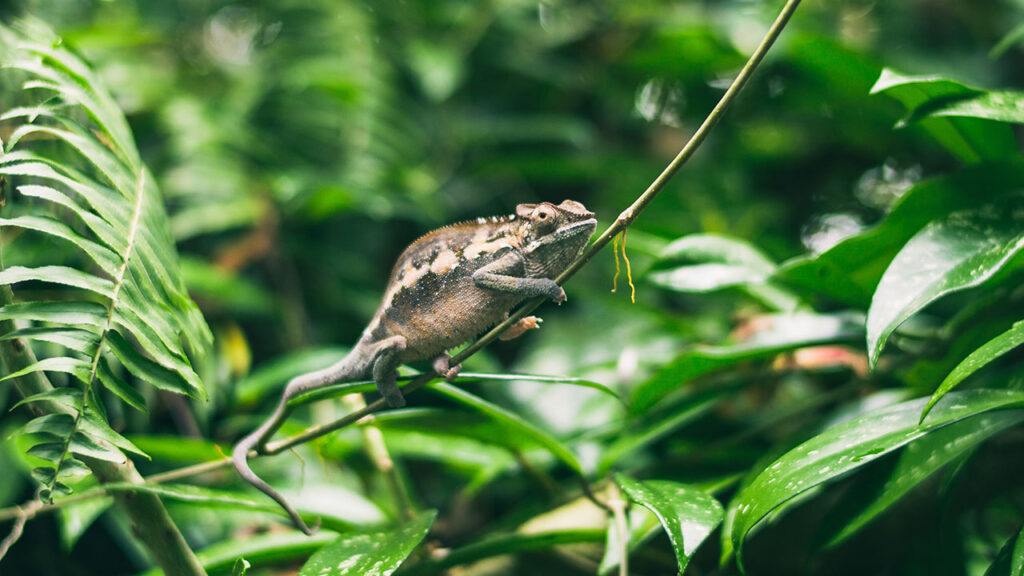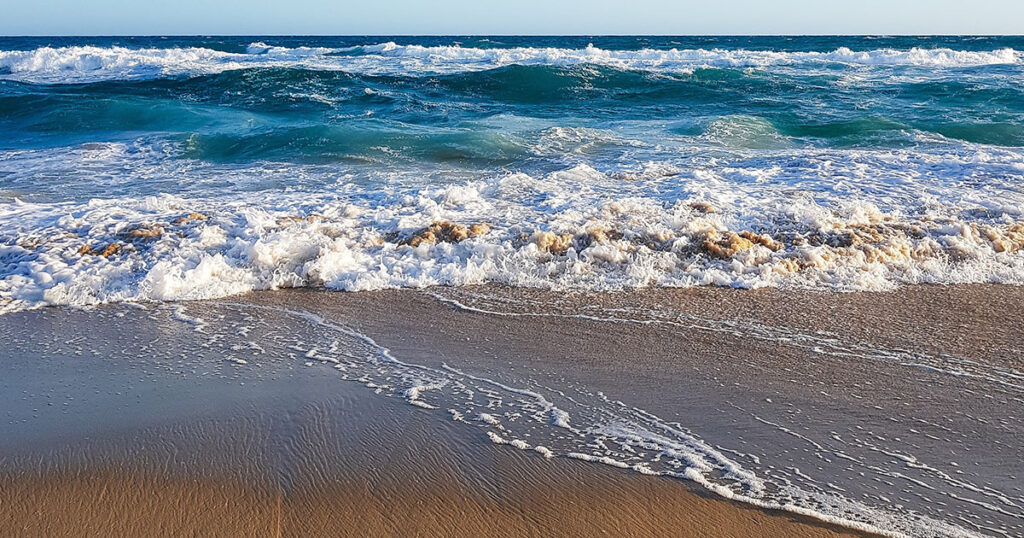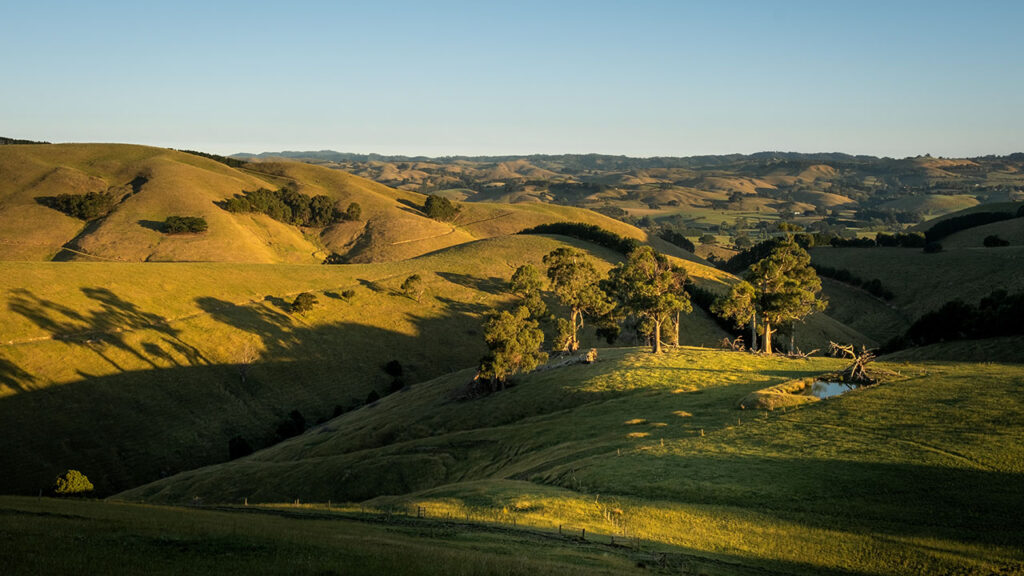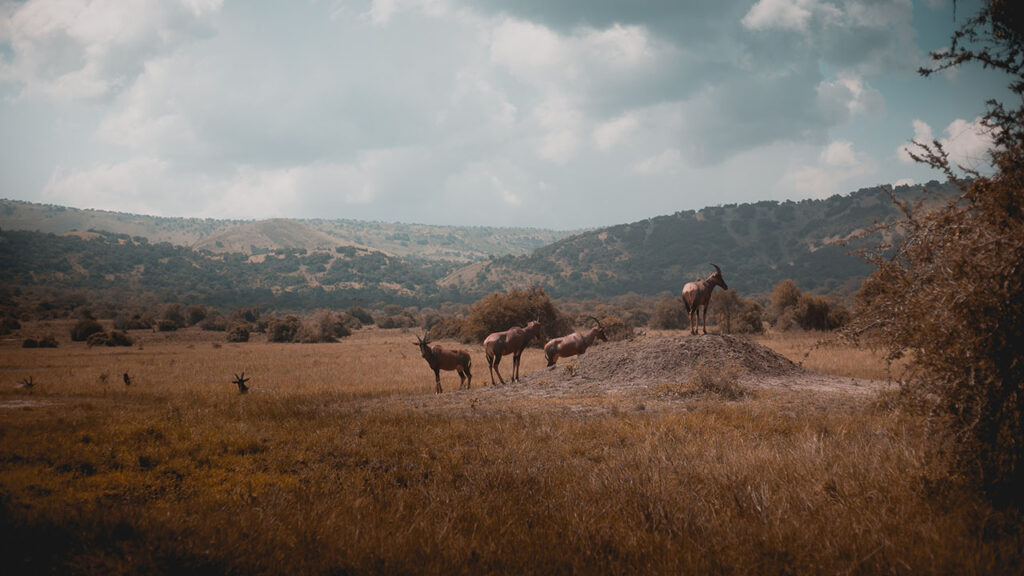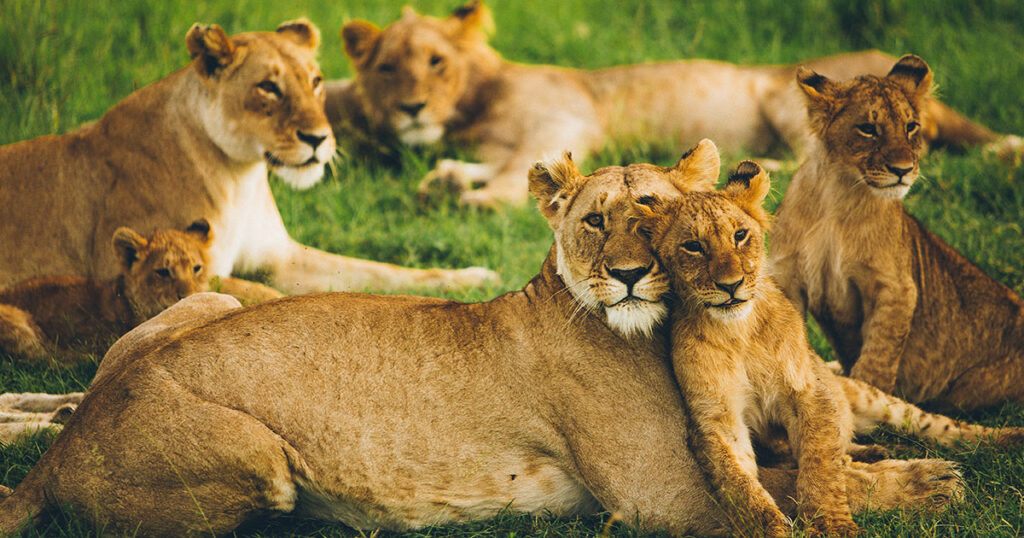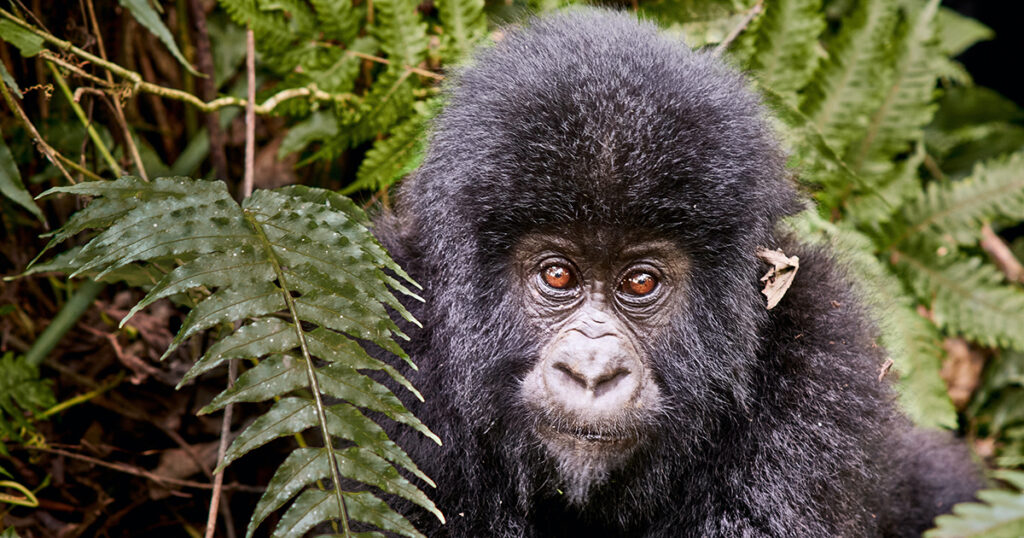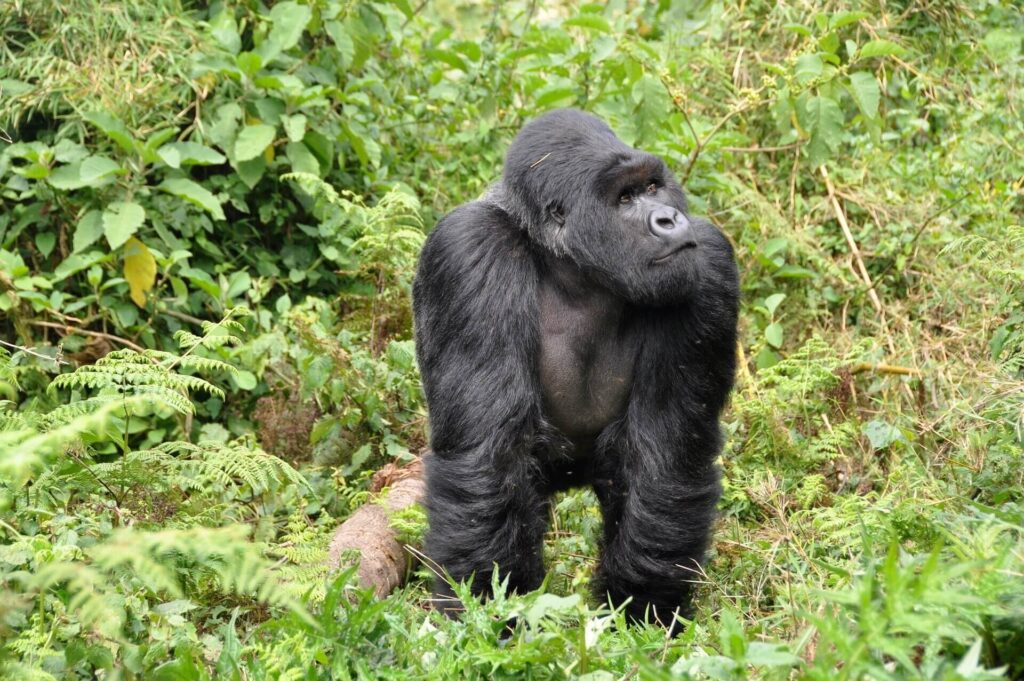Lamu Island, located off the coast of Kenya in East Africa, is a hidden gem waiting to be explored. With its pristine beaches, rich cultural heritage, and idyllic charm, Lamu Island offers a unique experience for travelers seeking an off-the-beaten-path destination. This article takes you on a virtual journey into the wonders of Lamu Island, where history meets natural beauty.
1. History and Cultural Heritage
Lamu Island is steeped in history, with its roots dating back centuries. The island was a major trading hub between East Africa, Arabia, and Asia, resulting in a unique blend of cultures. The UNESCO World Heritage Site of Lamu Old Town stands as a testament to the island’s rich heritage, with its narrow streets, intricately carved doors, and ancient architecture. Explore the Swahili culture, visit the historical Lamu Museum, and immerse yourself in the vibrant traditions that have shaped the island’s identity.
2. Stunning Beaches and Marine Life
Lamu Island boasts some of the most breathtaking beaches in East Africa. The powdery white sand, crystal-clear turquoise waters, and swaying palm trees create a picture-perfect setting for relaxation and exploration. Shela Beach, one of the island’s highlights, offers miles of pristine shoreline where you can unwind, soak up the sun, and take refreshing dips in the Indian Ocean. For adventure enthusiasts, Lamu Island also presents opportunities for snorkeling, diving, and sailing, allowing you to discover the vibrant marine life thriving beneath the surface.
3. Traditional Dhow Sailing
A visit to Lamu Island would be incomplete without experiencing a traditional dhow sailing excursion. Dhows, the traditional wooden boats with billowing sails, have been a part of Lamu’s maritime history for centuries. Embark on a sunset dhow cruise, where you can witness the mesmerizing hues of the sky blending with the tranquil waters. Feel the breeze on your face as you glide across the Indian Ocean, marveling at the beauty of the island’s coastline.
4. Lamu Archipelago: Exploring Beyond the Main Island
While Lamu Island itself is a treasure trove of delights, the surrounding Lamu Archipelago offers even more wonders to explore. Take a boat trip to neighboring islands like Manda or Pate, where you can discover ancient ruins, secluded beaches, and tranquil fishing villages. The archipelago is also home to Kiwayu Island, known for its luxury resorts and untouched natural beauty. By venturing beyond the main island, you can delve deeper into the enchantment of this coastal wonderland.
5. Festivals and Cultural Events
Lamu Island comes alive during its vibrant festivals and cultural events. The Lamu Cultural Festival, held annually, is a celebration of the island’s traditions, featuring music, dance, and colorful parades. Witness the captivating performances of traditional Swahili poetry, Taarab music, and the famous donkey races, a unique spectacle that draws locals and tourists alike. These festivals offer a glimpse into the island’s cultural fabric, allowing visitors to immerse themselves in the lively atmosphere and forge unforgettable memories.
6. Local Cuisine and Delicacies
Indulge your taste buds in the flavors of Lamu Island’s local cuisine. Influenced by Swahili, Arabic, and Indian culinary traditions, the island’s gastronomy presents a delightful fusion of spices, fresh seafood, and exotic fruits. Savor mouthwatering dishes such as the aromatic biryani, coconut-infused curries, and the popular Swahili snack, samosas. Don’t forget to try the refreshing freshly squeezed juice of the island’s abundant tropical fruits, such as mangoes and coconuts, for a truly authentic culinary experience.
7. Sustainable Tourism and Conservation Efforts
Lamu Island is committed to preserving its natural beauty and cultural heritage through sustainable tourism practices. The Lamu Marine Conservation Trust works tirelessly to protect the island’s marine ecosystem, raise awareness about the importance of conservation, and promote responsible tourism. Visitors can contribute to these efforts by participating in eco-friendly activities, supporting local initiatives, and respecting the delicate balance of the island’s ecosystem.
